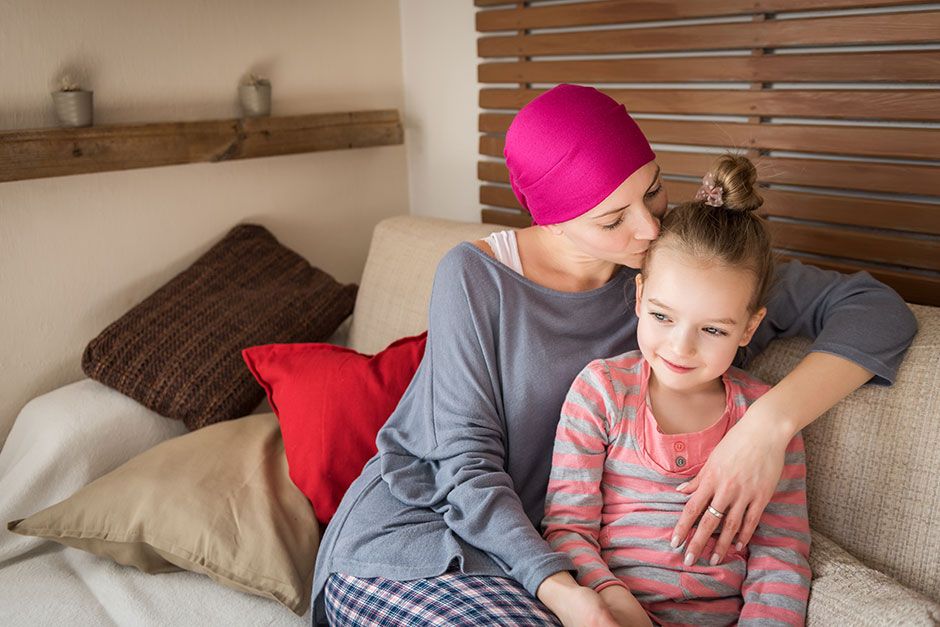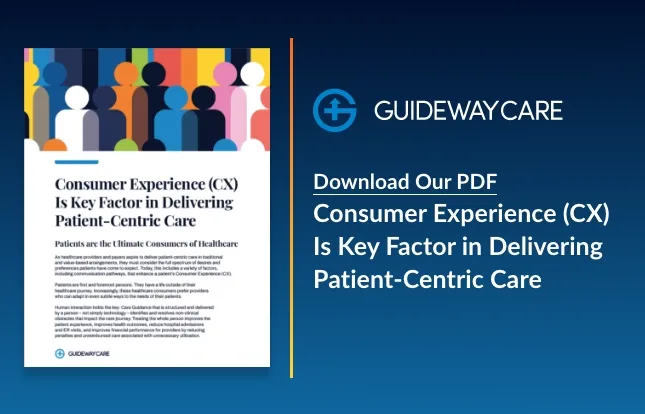COVID-19’s Impact on Cancer Care—Increased Complexity and Increased Demand for Care Guidance

As an industry, we agree that COVID-19 has made an indelible impact on how we practice healthcare in the United States. The virus’s influence is apparent in those industry segments that treat the most complex and vulnerable patient populations, with cancer serving as a palpable embodiment of COVID-19’s effects.
Three significant trends in cancer care happened as a result of the pandemic: (1) screenings and preventative care declined, (2) care shifted to virtualization, and (3) those who were in treatment delayed their care. According to the American Society of Clinical Oncology, “at the peak of the pandemic in April, screenings for breast, colon, prostate, and lung cancers were lower by 85%, 75%, 74%, and 56%, respectively.” Testing remained low for six months and continues to hover below pre-pandemic rates.
COVID-19 accelerated virtualization across every aspect of healthcare. For cancer patients, the move to online care was welcome for some but a barrier for others. Complicated by an enduring “digital divide” that impacts lower-income and older patients, virtualization made it more challenging for providers and patients to connect emotionally and uncover underlying non-clinical risk factors such as lack of transportation and low literacy. While younger and more urban cancer patients may have welcomed the introduction of virtualization into their care plans, older and more socially isolated patients suffered.
Lastly—and perhaps most alarmingly—cancer patients who were in treatment chose to postpone their care. The American Cancer Society reported that close to 80% of cancer patients in active treatment decided to suspend care due to the pandemic. Fear of exposure and financial concerns topped the list of reasons driving the delay.
We are still trying to understand COVID-19’s impact on future cancer care, but current estimates are grim. The National Cancer Institute projected that pandemic-related effects could result in more than 10,000 additional deaths from breast and colon cancer alone.
Caring for complex patients with later-stage cancers requires an accelerated and amplified approach to ensuring patient compliance with care plans and streamlined communications. Care navigation is a critical tool with a proven history of improving cancer care. A review of 29 patient navigation studies linked patient navigation with reduced time to diagnosis and treatment, improved treatment adherence, improved patient quality of life, improved patient knowledge regarding their cancer, and improved communication between a patient and the care team. At UAB Health System, non-clinical care guidance for cancer patients has resulted in:
- A 29% decrease in ER visits
- A 55% decrease in hospitalizations, which led to a 60% reduction in ICU admissions
- Patient Satisfaction ratings above 90%
- A 5x force multiplier for nursing capacity
As we enter this next phase in COVID-19, cancer care will likely serve as a gauge for the pandemic’s ripple effects. Addressing the needs of a more complex and more severe cancer patient population will require focused effort to lower barriers to care, increase and sustain patient motivation to adhere to a care path, and increase connection—the connection between the patient and the provider, the connection between the community and the patient, and the connection across the care team. Patient navigation and care guidance will play an increasingly important role in addressing the major fault points across cancer care as we understand what COVID-19 means for our care system’s long-term health and sustainability.
Contact Us Today To Learn How We Can Help
"*" indicates required fields




